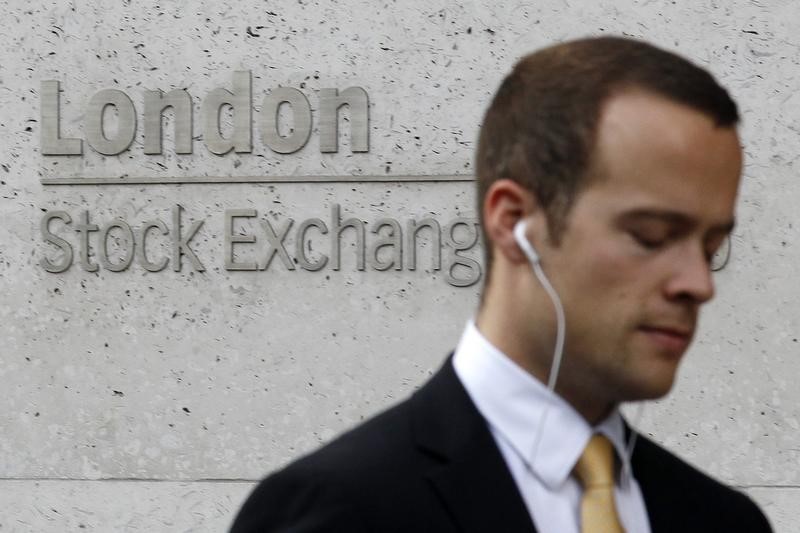By Samuel Indyk
Investing.com – The FTSE 100 closed 0.21% higher on Tuesday, well off its highest level as a resurgent pound weighed on some exporters. GBP/USD - which had initially fallen after soft UK labour market data – staged a rally throughout the day and at the close of European equity markets, the pair was 130 pips off its lowest level.
Rolls-Royce
Rolls-Royce Holdings PLC (LON:RR) had been one of the worst performing stocks in the blue-chip index after a gloomy trading update. The jet engine maker cut its forecast for flights travelled by its engines in 2021 due to government enforced travel restrictions due to the emergence of new Covid-19 strains. With much of their revenue derived from maintenance, the company said they expect a cash outflow of £2billion this year.
JD Sports
JD Sports Fashion PLC (LON:JD) were also lower after the retailer confirmed they are considering a capital raise to prepare for more acquisitions. Previous reports suggested Arcadia Group’s TopShop and TopMan brands could be a target but ASOS PLC (LON:ASOS) announced earlier in the week they were in exclusive discussions to buy certain assets from the struggling retailer.
AstraZeneca
Pharmaceutical company AstraZeneca PLC (LON:AZN) continues to be in the headlines. Reports surfaced that the company was having difficulty fulfilling its supply targets to the EU because of production problems, which has apparently angered the EU. Separately, source reports in German daily Handelsblatt late on Monday said the efficacy of AstraZeneca’s vaccine in over 65s was just 8%. AstraZeneca were quick to refute the claim, pointing to the peer reviewed data published, that demonstrated strong immune responses. The German health ministry was also forced to release a statement, saying they could not confirm the reports, suggesting that the newspaper had made a mistake.
Labour Market
The UK’s Office for National Statistics released its labour market data earlier on Tuesday which showed the unemployment rate rise to 5% for the first time since 2016. Other metrics were also weak with the redundancy rate increasing to a record 14.2 per thousand and was at its highest for younger workers in the 25-24 age bracket, where it rose to 16.2 per thousand.
